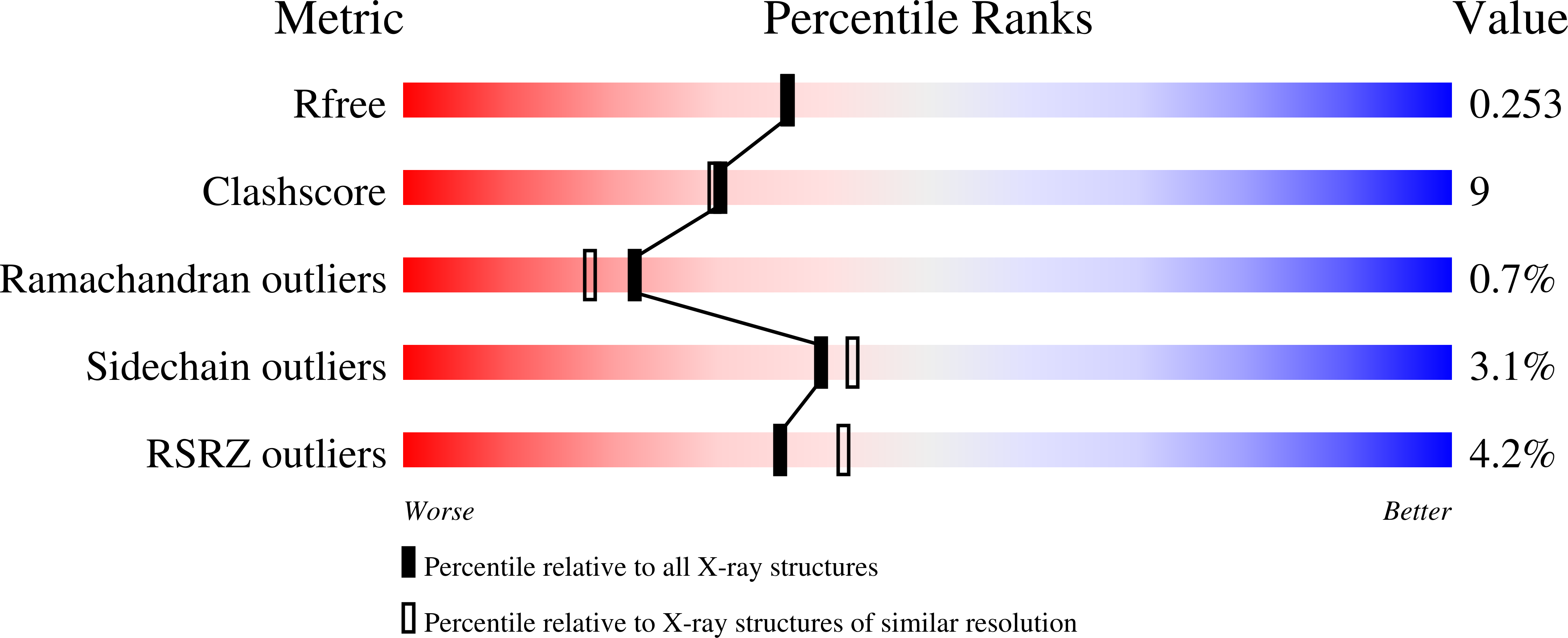
Deposition Date
2023-07-10
Release Date
2023-07-19
Last Version Date
2024-04-17
Entry Detail
PDB ID:
8PQ7
Keywords:
Title:
The Potato Late Blight pathogen (Phytophthora infestans) effector protein Pi04134 in complex with potato protein phosphatase type 1c (PP1c).
Biological Source:
Source Organism:
Solanum tuberosum (Taxon ID: 4113)
Phytophthora infestans (Taxon ID: 4787)
Phytophthora infestans (Taxon ID: 4787)
Host Organism:
Method Details:
Experimental Method:
Resolution:
2.10 Å
R-Value Free:
0.25
R-Value Work:
0.20
R-Value Observed:
0.20
Space Group:
P 1


